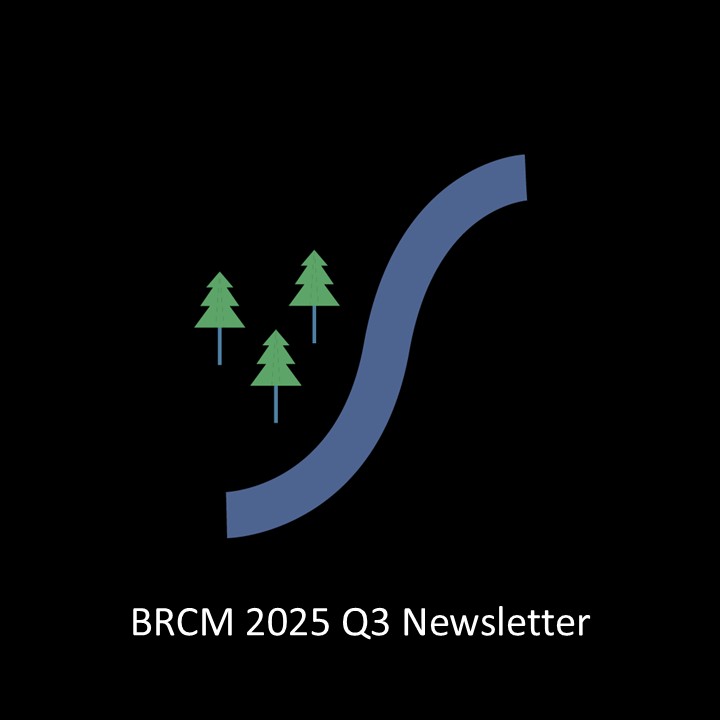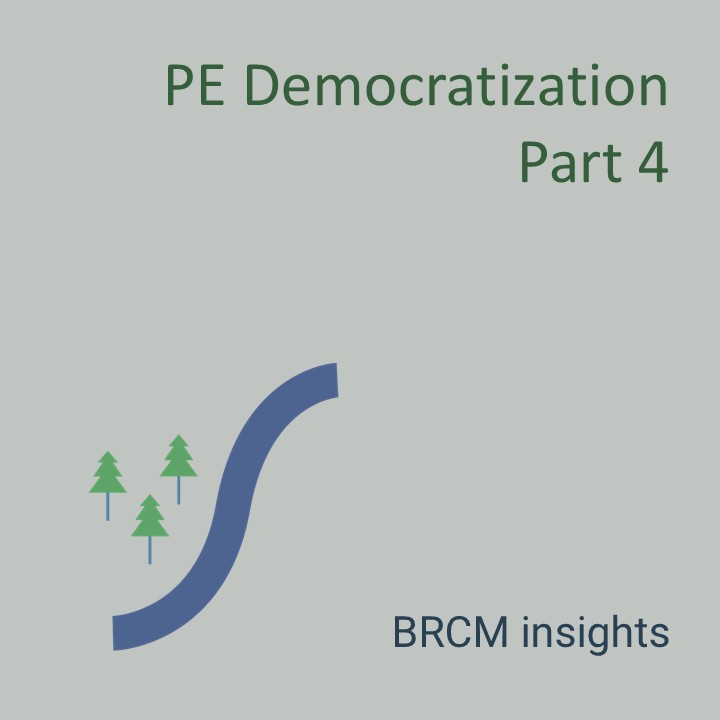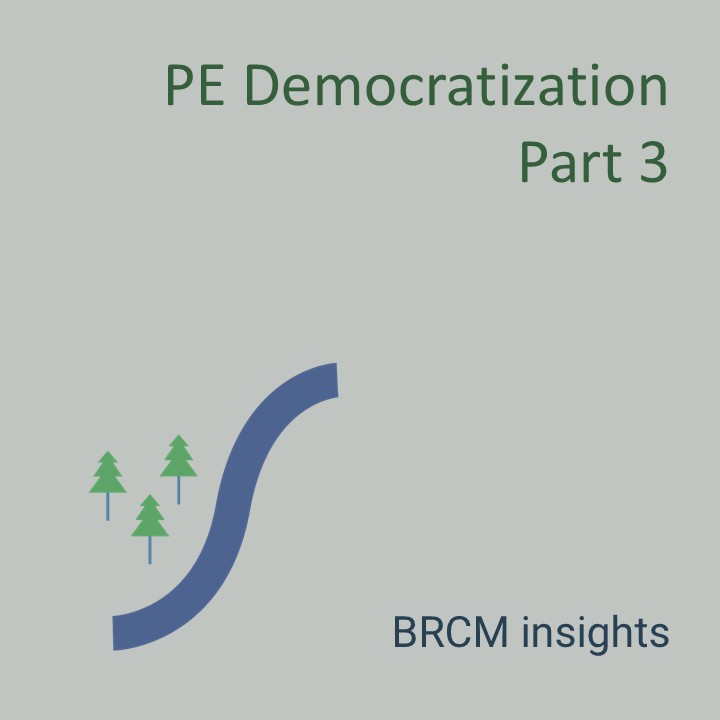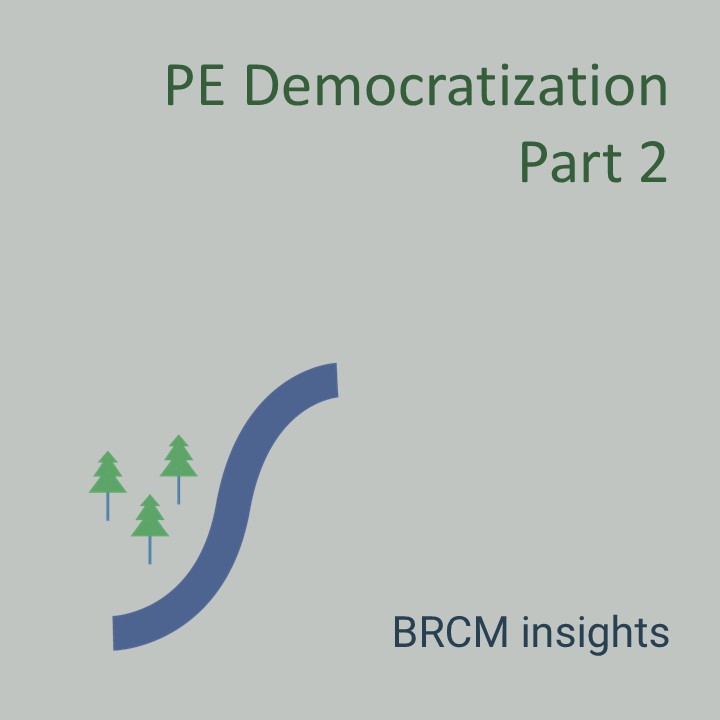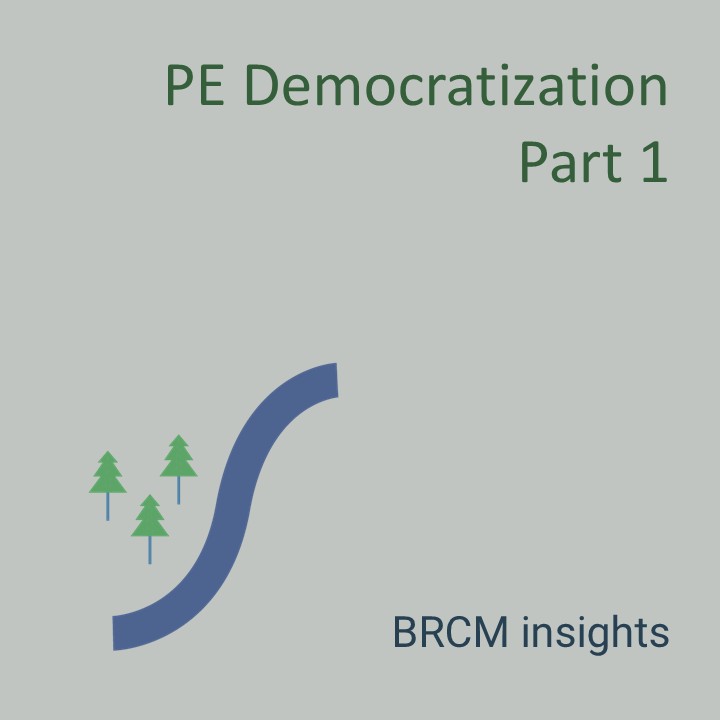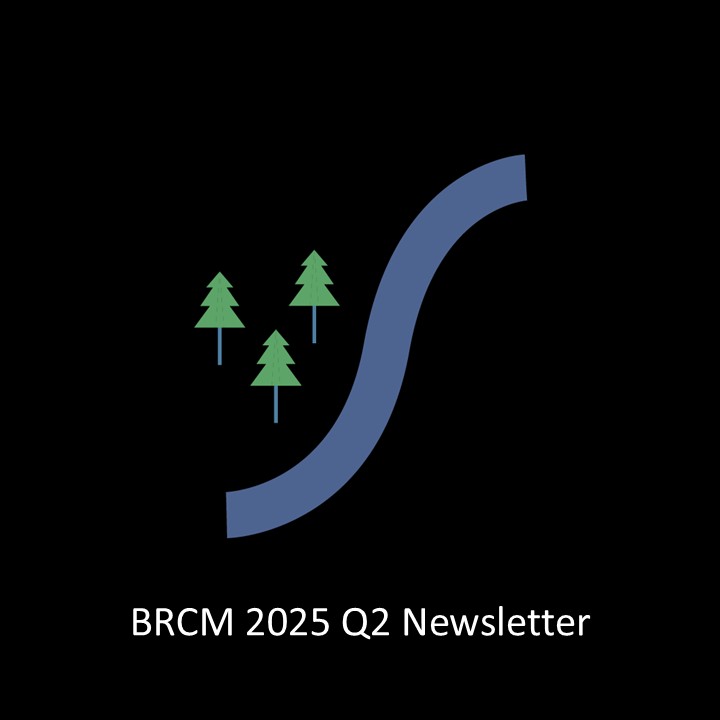Target Date Funds have become a popular option for retirement plans. Rather than requiring investors to build a portfolio from a large menu of investment options and periodically rebalance or reduce risk as they near retirement, target date funds combine stocks and bonds and gradually become more conservative along a “glide-path” until the targeted retirement year, based on a retirement age of 65.
Target dates funds are loveable for their simplicity, and they generally have reasonable expense ratios as compared to many other retirement plan offerings, but there are some wrinkles that are worth paying attention to.
First, there is no “correct” asset allocation for individuals based on when they plan to retire. Since target date funds are designed for groups of investors, fund companies allocate to stocks and bonds based upon some assessment of the average of that group.
Even if the preferences of these cohorts could be perfectly measured, reasonable people can disagree on the appropriate asset allocation. Here are approximate allocations for two 2050 target date funds based on data from Morningstar (as of 8/21/2024):
Based on its higher allocation to stocks, we would expect the T. Rowe Price fund to be a bit more volatile than the Vanguard fund, and have a slightly higher expected return. However, investors within these cohorts can have drastically different attitudes towards risk. For investors who feel they are more (less) aggressive than their peers, they can purchase longer (shorter) dated funds.
If you own target date funds that have reached their target year or will soon, what happens next can vary significantly between fund families.
Vanguard’s target date funds, for example, continue to reduce stock exposure for seven years after the target date until they are invested similar to the Vanguard Target Retirement Income Fund, which is approximately 70% invested in bonds.
The T. Rowe Price fund, on the other hand, has a 30-year glide-path of gradual reductions, meaning it will take a much longer time to reach a similar risk level to the Vanguard funds.
If you have any questions about this blog, or other questions about your finances, please contact Blue River Capital Management at 503.334.0963 or at info@brcm.co.
This information is intended to be educational and is not tailored to the investment needs of any specific investor. Investing involves risk, including risk of loss. Blue River Capital Management does not offer tax or legal advice. Results are not guaranteed. Always consult with a qualified tax professional about your situation.

